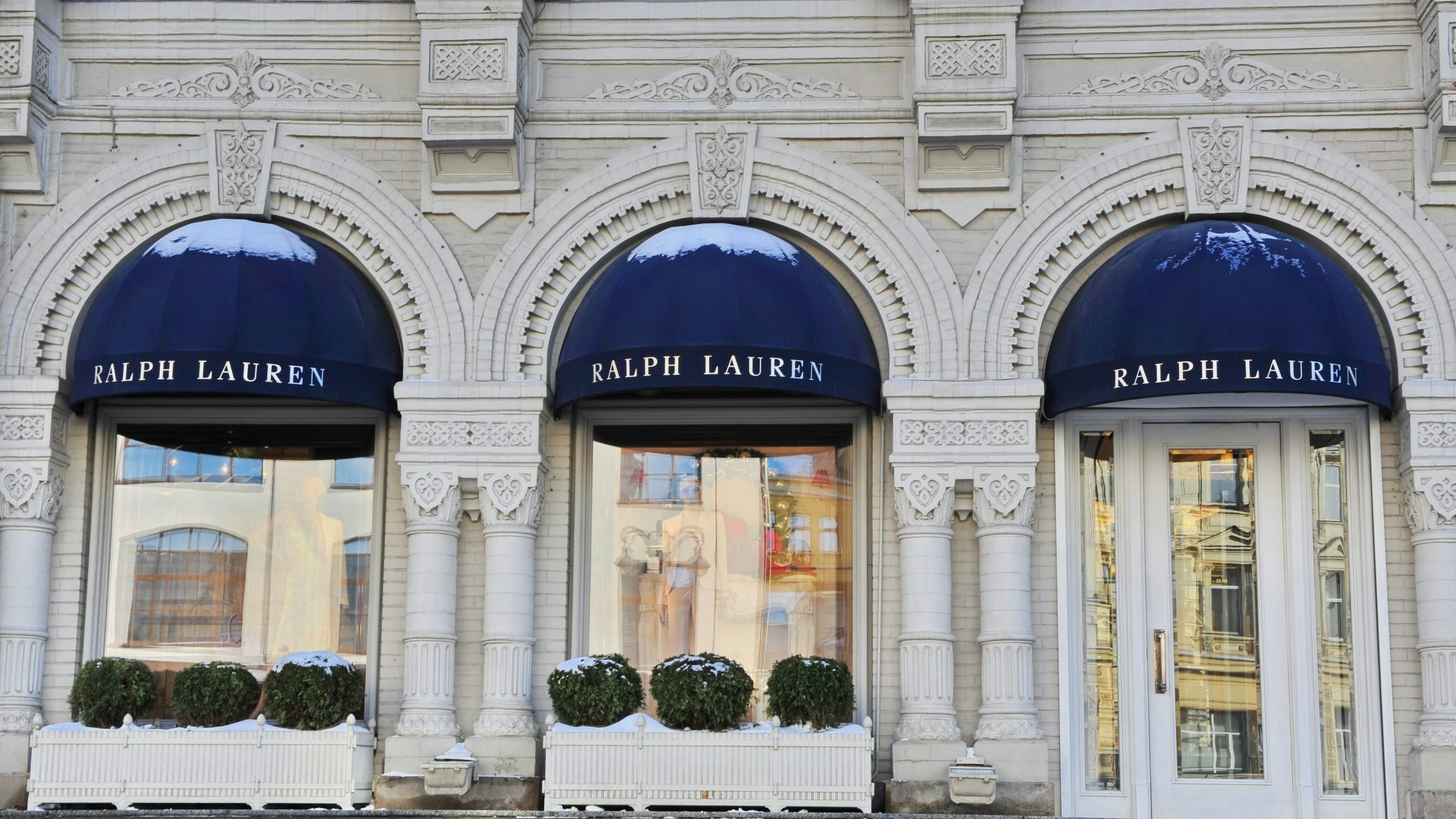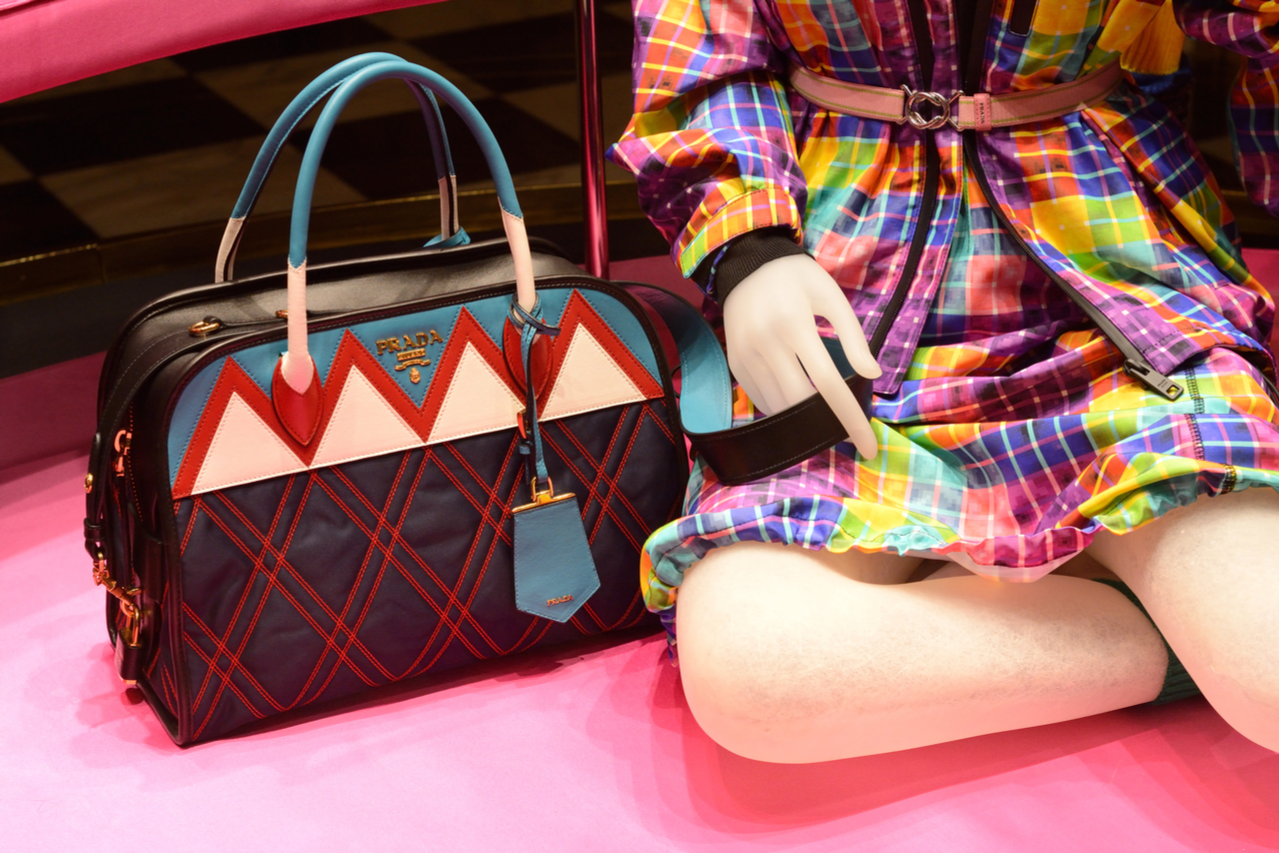Many American consumer activists inaugurated Trump by ostracizing and blacklisting Trump-tainted brands. Later, this phenomenon was successfully exported to China, and mainland consumers are getting increasingly irritated with the ongoing trade war as well as American support for anti-government protests in Hong Kong.
Now, calls to boycott American products in China are getting louder. The New York Times highlights that the Global Times (a tabloid controlled by the People’s Daily) cautioned about a “people’s war” that could be carried out against the United States. Furthermore, on Chinese social media, the phrase “China is not scared!” has become a highly successful hashtag, and various social media personalities are expressing their outrage in digital posts where they ask their fans and followers to boycott American products.
Until recently, the vast majority of consumers brushed off these rallying cries. But after months of hostility, younger buyers are turning increasingly nationalistic, and the American business community fears that this newfound patriotism could be weaponized by the Chinese government. It wouldn’t be the first time that Beijing has used its consumer power to penalize a country for perceived misdeeds. It has gone after Japanese, South Korean, and Filipino brands when China was locked in disputes with those countries. However, the U.S. is a far bigger and more frightening adversary than those regional powers.
What would be the outcome of Beijing weaponizing its consumers against American retailers?#
An official call to action would go far deeper than occasional episodes where distressed teenagers post footage of themselves smashing their iPhones on social media. It should also go beyond protests in front of American chains like Starbucks and KFC where demonstrators shout anti-American slogans and engage in “don’t buy American” rhetoric. This instance could easily blow up Trump’s economy and seriously harm both countries. “China needs the U.S., and the U.S. needs China,” former U.S. ambassador to China Max Baucus told the New York Times. “We are joined at the hip economically.”
American retailers have focused on China for years while using various strategies to grow footprints in the region. Walmart experimented with small-format supermarkets in Mainland, L Brands identified the China market as a solution to its losses, Ralph Lauren found success and tremendous sales growth in China (the company’s quarterly report shows that the Chinese Mainland was responsible for nearly 30 percent of revenue growth), and Capri Holdings used an aggressive expansion strategy in the country. And today, many American brands desperately need mainland China to maintain and experience growth.
Corporate America is "still very much interested" in China, said Ker Gibbs, president of the American Chamber of Commerce in Shanghai, during an interview with CNN Business. "I think if you talk to American business executives, they don't see a full decoupling as an option at all.” That same idea was echoed by JPMorgan CEO, Jamie Dimon, who stated to Bloomberg, “We're all in. And so we're not slowing down. China will be a fully developed nation in 30 years. Its economy is going to be as big as the U.S.” Most U.S. companies agree that they need China and its 1.4 billion consumers, so despite challenges, most American brands refuse to downscale their operations.
There’s also the fact that America’s debt to China has climbed to over 1.1 trillion. According to the Balance, this equates to 26.7 percent of the 4.12 trillion in Treasury bills, notes, and bonds that is currently owned by foreign countries. As one of America’s biggest bankers, China can use its power to put pressure on the American administration, although it’s questionable how much President Trump understands the risks of a potential dollar collapse. Because of this, Beijing doesn’t need consumer or social media boycotts to start an economic war against Washington. It has an arsenal of tricks at its disposal, from regulations that would restrict market participation to ratcheting up entry barriers for foreign companies.
Yet we must acknowledge that this isn’t a single-sided issue, as China needs the U.S., too — not only because of intellectual property and technology transfers but also because of a far less glamorous issue. China’s economy is slowing, wages are stagnant, and the middle class is becoming increasingly unsatisfied with its current socioeconomic situation. Given that American multinationals such as General Motors, Starbucks, Apple, Boeing, Nike, Procter & Gamble, and Coca Cola are employing tens of thousands of individuals in the country and bring in an influx of capital, so, understandably, the government is reluctant to go after them and risk public unrest.
Which American retail companies in China are most at risk?#
Long gone are the days when China was known for cheap labor and inexpensive, low-quality products, and some high-quality goods coming out of China today are viable alternatives to American versions. For instance, Huawei has become a serious contender for Apple’s crown and is now producing smartphones that outpace the iPhone. Xiaomi has also produced some incredible smartphones and devices that beat out most American products. Therefore, it’s not surprising that American brands fear the competition coming from their Chinese counterparts. And in this cutthroat environment, many U.S. brands are more at risk of losing their share of the Chinese market. Not every brand can produce status symbols like the iPhone or have their products forever linked to a consumer base as Nike does with China’s Gen-Z sneakerheads. For the vast majority of U.S. businesses, China is a losing battle against a strong group of established domestic competitors.
Let’s have a look at the most at-risk US brands in China:#
- Capri Holdings
After the embarrassing Versace T-shirt fallout, Capri Holdings has struggled to rebuild its reputation in China. Business Insider reported in August that shares of Capri Holdings fell by 5 percent after Donatella Versace issued a twitter apology for her perceived attack on China’s sovereignty. But that wasn’t the only problem the Group had to overcome. While Capri Holdings blamed the Hong Kong protests and a rise in expenses for its lower-than-expected second-quarter profit, Vogue Business highlighted how the company’s multi-brand strategy missed the mark.
All in all, the group had a rough year, with shares dropping more than 16 percent in 2019. And given that even the concept of “accessible luxury” has taken a global hit, the brand can no longer rely on entry-level consumers for their global ambitions. As we’ve shown, Capri Holdings is already in a tight position and highly vulnerable to market shifts, so it needs to quickly conceive of a new global strategy to stay alive.
- Ralph Lauren
Ralph Lauren has a strong affinity for China, which makes sense considering the demand for its polo shirts. In a call with Reuters, Chief Financial Officer, Jane Nielsen, said revenue from Asia grew by 4 percent — growth that was driven by the company’s impressive digital marketing efforts and store openings. Furthermore, Forbes highlights how revenue surged by 22 percent on the Chinese mainland in the second quarter, while revenue from Hong Kong fell 27 percent because of the ongoing demonstrations.
To put things into perspective, Ralph Lauren opened 94 stores in Asia in 2019 — 39 of which were in China. This shows not only a strong focus on China but perhaps even a dependency.
But if tensions between China and the U.S. exacerbate, nationalist Chinese consumers will retaliate against brands they perceive as “too American,” and Ralph Lauren is as American as brands get. The company is highly dependent on the influx of money from the mainland, so its stocks could fade fast, and that would put the brand’s financial future at risk.
- Skechers
The American lifestyle and performance footwear company has seen investors scratching their heads lately. Despite tariffs concerns, shares soared 88.7 percent in 2019, according to data from S&P Global Market Intelligence.
Yet author at the Motley Fool Steve Symington highlights how Skechers’ stock had entered 2019 after having plunged by nearly 40 percent in 2018, including a 15 percent drop in December of 2018.
Riding the wave of “healthy living” that took the mainland by storm, the company chose to expand its footprint in China. Willie Tan, CEO of Skechers China, South Korea, and Southeast Asia, told Xinhua in an interview that Skechers plans to open 100 superstores and about 1,000 regular stores in China by 2020.
Building a strong position in China is surely a good long-term strategy, but investors need to be prepared for a wave of disruption and a politically fueled boycott of American products.

